The Dracula Movie That Changed Horror, Stream Without Netflix
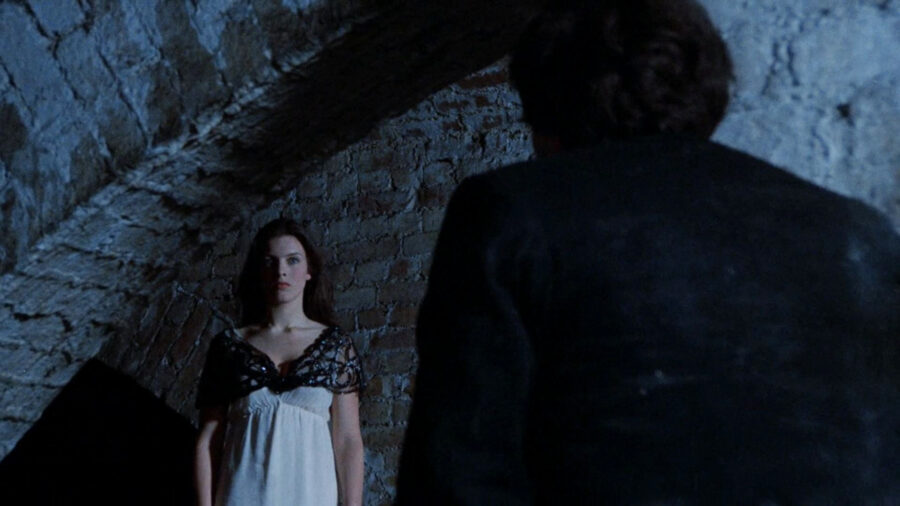
Since F.W. Murnau’s Nosferatu first chilled audiences in 1922, filmmakers have made hundreds of vampire films with more than 100 featuring the eternal Count Dracula (or a variant) as the primary antagonist. But while Bela Lugosi’s Universal Horror and Christopher Lee’s Hammer Studios versions have been the best received by fans, a made-for-TV movie from 50 years ago gave audiences a look at the Dracula that would forever change the genre. For the first time, Dracula (1974) was produced with its title character tied into the historical figure he was based on in a movie that stays more true to Bram Stoker’s 1897 novel than any other adaptation up to that date.
The Mother Of All Dracula Movies
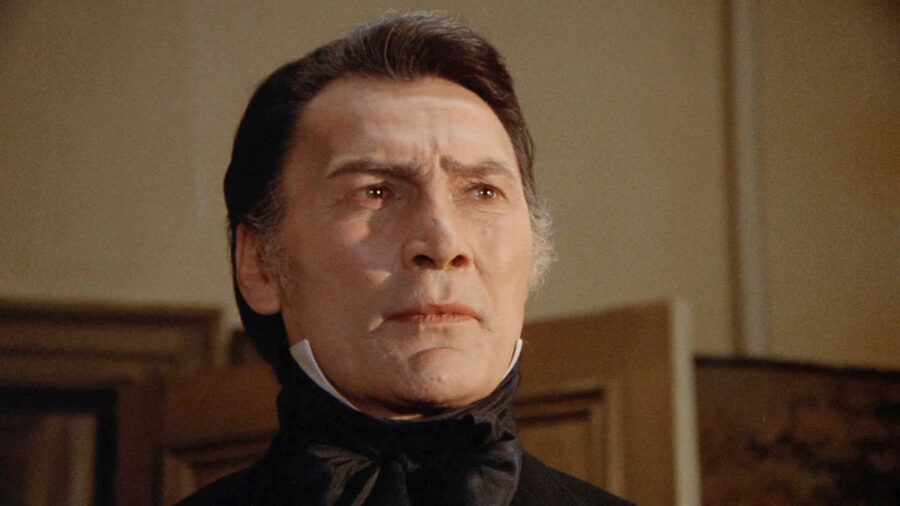
Dracula (1974) stars Jack Palance as the bloodsucking villain. When Jonathan Harker (Murray Brown) arrives in Transylvania to have the count sign legal paperwork, Dracula becomes obsessed with the photo that the young attorney is carrying of his fiance, Mina, and her friend Lucy. Harker is forced to write a letter explaining that his time with the count has to be unexpectedly extended, and is then held captive.
Faithful To The Source Material
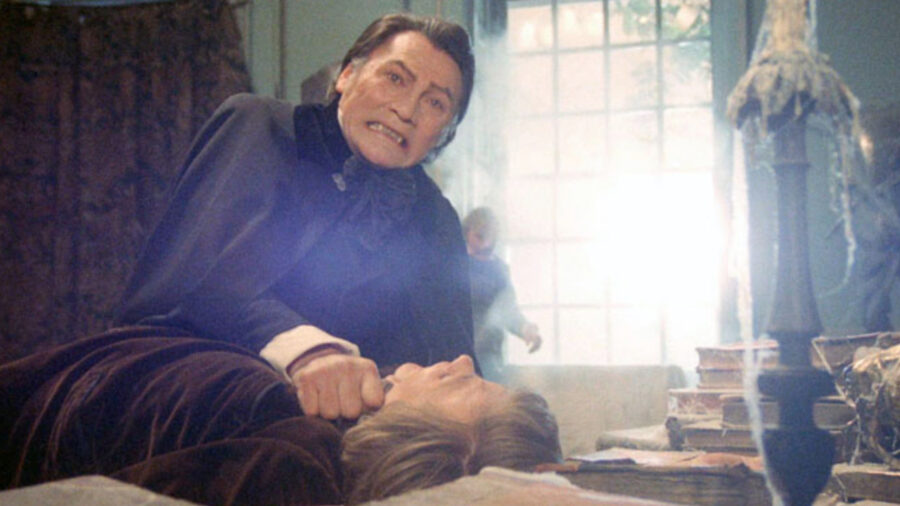
Harker tries unsuccessfully to stake his host through the heart but is stopped by one of his many servants. Harker is tossed into the castle’s dungeon where he is subjected to attacks by Dracula’s vampire wives. Like the novel, Dracula (1974) sees the count traveling by ship to England. Once there, he embarks on a mission to win over Lucy, who he has become convinced is his long-deceased love.
Complicating Dracula’s efforts in the 1974 version are Lucy’s determined fiancé, Arthur Holmwood (Simon Ward) and vampire expert Dr. Abraham Van Helsing (Nigel Davenport). The two mortals track Dracula down and prepare to end the world of his evil in what is an exciting climax.
The Historical Connection Not Previously Made In Film
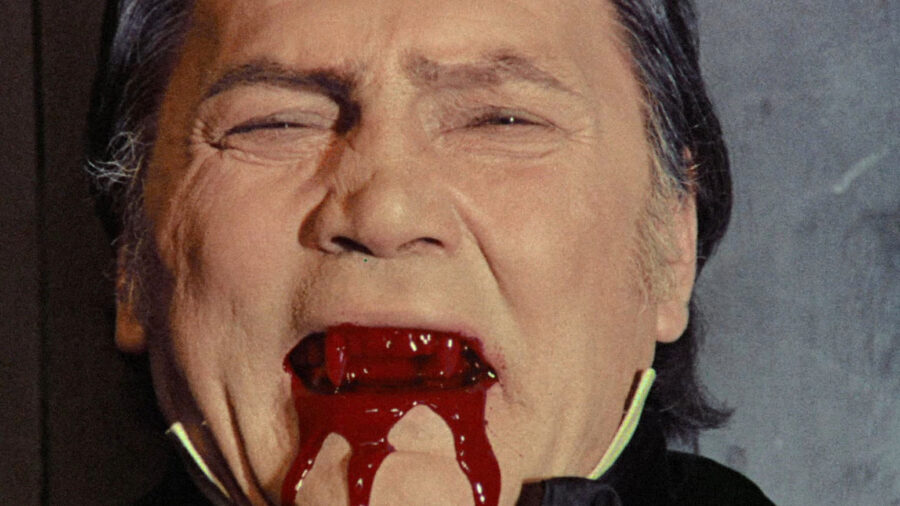
Bram Stoker did painstaking research on 15th century ruler Vlad Tespes, a ruthless leader whose brutal military campaigns kept the invading Ottoman Turks at bay. History would later refer to this ruler of modern-day Romania as Vlad the Impaler, based on his most favored style of execution. Stoker’s title character supposes that this long-dead ruler became an immortal bloodsucker, and this version of Dracula (1974) follows that trajectory.
Inspired A Later Francis Ford Coppola Version
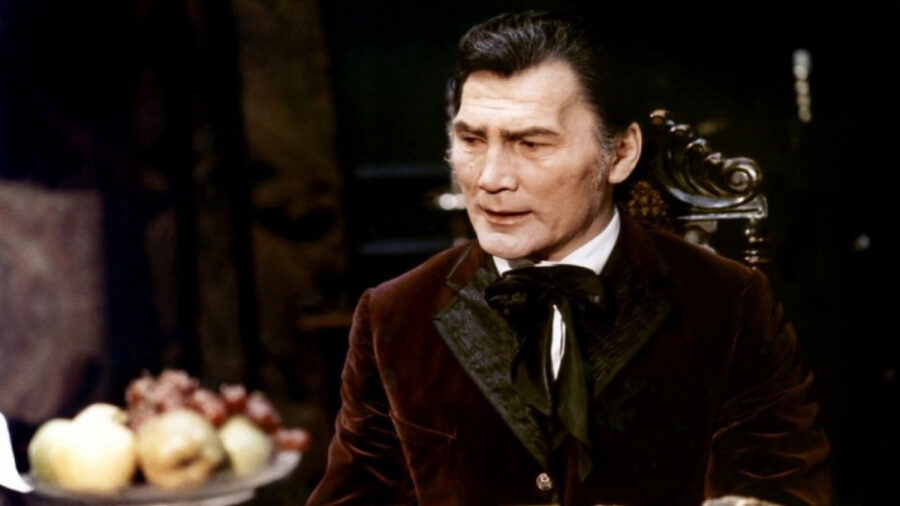
Prior to this adaptation, no reference of Dracula being connected to Vlad existed on film in any way. This has been used in subsequent adaptations, most notably the 1992 film, Bram Stoker’s Dracula. Director Frances Ford Coppola took some inspiration from the 1974 version but had Mina (instead of Lucy) be the object of Dracula’s affection.
An Overlooked Cinematic Accomplishment
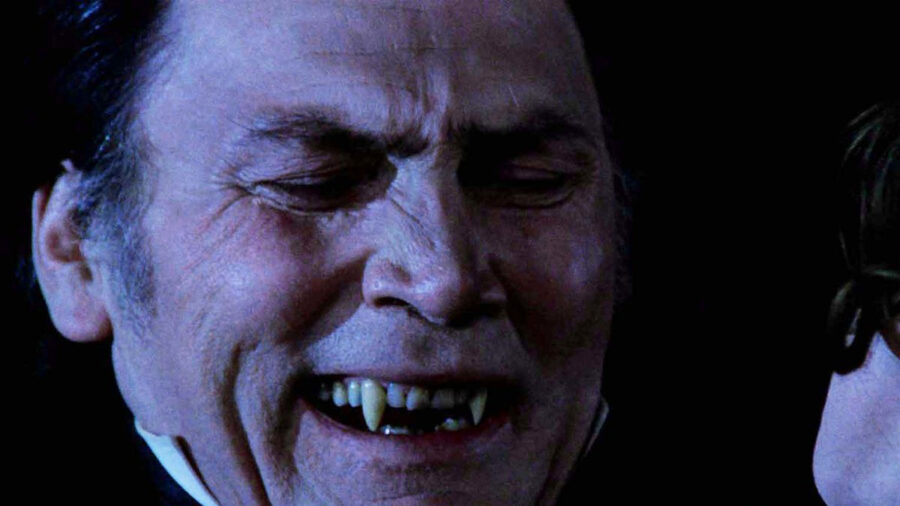

GFR SCORE
Jack Palance plays the sinister count like no one before him. What he lacked in Lugosi’s steel gaze and Lee’s dominance, Palance made up for in sheer screen presence alone. It’s an often overlooked performance historically, as made-for-TV movies typically are. But Dracula (1974) gives horror fans one of the greatest adaptations of Stoker’s novel, even minus the blood and gore of later ones.
You can catch Dracula (1974) streaming for free on Tubi.












